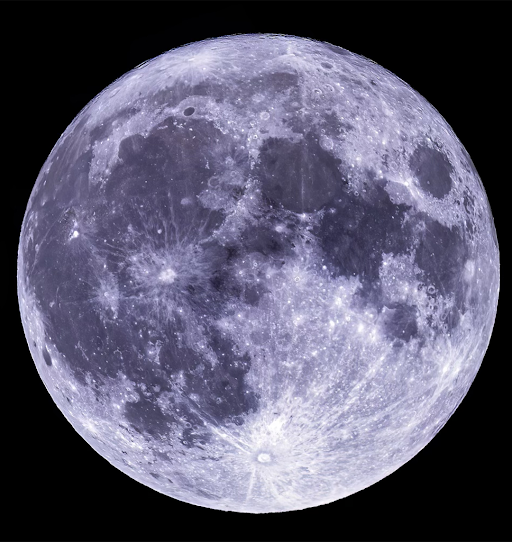
Photo Credit: Tyler Parker
Now trending on X (Twitter): super blue moon. #SuperBlueMoon #Supermoon #BlueMoon
And no wonder: pictures this incredible only happen once in a blue moon.
Why blue? ¯\_(ツ)_/¯ Yeah, if anything, the color of the moon looks more reddish than blue.
But the moon is full and appears bigger and brighter to us than usual, hence, the word “super”.
That’s because right now, from September 30 -August 1, the moon, having reached its perigee, is the closest to Earth that it has been all year. To paraphrase from Dean Martin’s, “That’s Amore”, song: When the moon hits your eye like a big pizza pie, that’s perigee. When the world seems to shine like you had to much wine, that’s perigee…
And yet, despite our proximity to the celestial body, we are not any closer to a “cancer moonshot”. This was the federal government’s pledge to eradicate cancer back in 2016, which is more aspirational than possible at this time.
But what we are closer than ever to at EpicentRx is the start of two clinical trials with the potential to transform cancer from a lethal disease, into a chronic, manageable one.
Our lead small molecule candidate, nibrozetone (RRx-001), may reduce the toxicities of standard therapies, like chemotherapy, radiotherapy, and immunotherapy, so that more patients manage to stay on dose and on time for better anticancer outcomes. The Phase 2b randomized clinical trial called KEVLARx with nibrozetone (RRx-001) + cisplatin and radiotherapy vs. cisplatin and radiotherapy is set to start this fall. The main objective is to reduce rates of severe oral mucositis, a debilitating complication of treatment with cisplatin and radiotherapy that leads to poorer anticancer outcomes.
Our other lead candidate AdAPT-001, which carries a transforming growth factor-beta (TGF-β) trap will also begin a randomized Phase 2 trial shortly called HAI MAINTENANCE in colorectal cancer with liver predominant disease. The abbreviation HAI stands for hepatic artery infusion, which is how we plan to dose AdAPT-001.
Full confession, despite all our talk about the blue supermoon, we never actually got to see it, mainly because with so much work to do here on the ground we forgot to look up at the sky.
